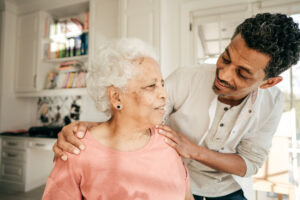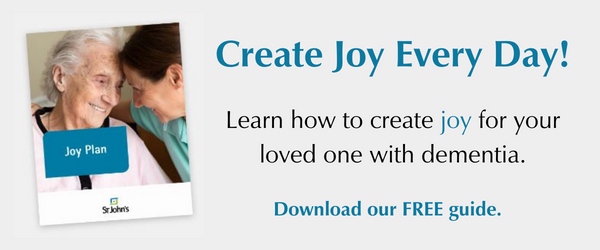Often referred to as the “crime of the 21st century, ” 1 in 10 Americans age 60+ experience some form of elder abuse in any given year. This abuse comes at quite a cost as seniors have a 300% higher risk of death when they are abused.
Abuse can occur anywhere, including at home and in care settings. People with dementia are especially vulnerable because the disease may prevent them from recognizing the abuse or reporting it. Those with dementia can also more easily fall victim to strangers who wish to take advantage of the elder’s cognitive impairment.
Warning Signs of Elder Abuse
It is important for caregivers to recognize the warning signs that your loved one with dementia could be experiencing elder abuse. Some of the things to look for in your senior with dementia or Alzheimer’s disease are as follows:
- Stops taking part in activities he or she enjoys
- Looks messy, with unwashed hair or dirty clothes
- Has trouble sleeping.
- Loses weight for no reason
- Becomes withdrawn or acts agitated or violent
- Displays signs of trauma, like rocking back and forth
- Has unexplained bruises, burns, cuts, or scars
- Has broken eyeglasses/frames, or physical signs of punishment or being restrained
- Develops bed sores or other preventable conditions
- Lacks medical aids (glasses, walker, dentures, hearing aid, medications)
- Has an eviction notice for unpaid rent, notice of late mortgage, or home eviction
- Has hazardous, unsafe, or unclean living conditions
- Displays signs of insufficient care or unpaid bills despite adequate financial resources
Types of Elder Abuse
The National Center on Elder Abuse distinguishes between seven different types of elder abuse. These include the following:
- Physical abuse
- Sexual abuse
- Emotional abuse
- Financial/material exploitation
- Neglect
- Abandonment
- Self-neglect






